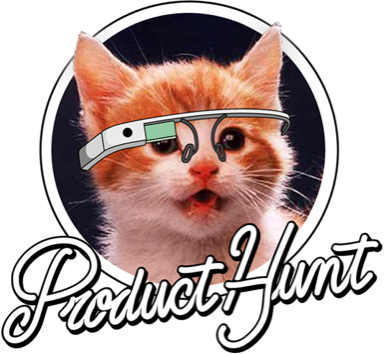In 2022, Figma had some big news: It was being acquired by its Goliath competitor, Adobe, which was tired of the collaborative design software smacking it with its slingshot. The price Adobe would pay to make the pain stop? A whopping $20 billion, which would have been one of the most expensive startup acquisitions ever.
Would have been.
Because it never happened. Fifteen months later, the companies went their separate ways, unmerged, ostensibly over regulatory issues—and founder Dylan Field went back to the proverbial drawing board to figure out how to grow.
Along the way, he discovered that missing out on $20B isn’t a big deal in the scheme of things. Not when you can IPO, have your share price skyrocket, and end up with a market cap of $67B instead. That’s what happened Thursday, when the design platform went public on the New York Stock Exchange.
Now, this may be shocking, but Figma was not always destined for the Fortune 500. It started, as several other companies have, with a Product Hunt launch. After years in stealth, it introduced itself to the PH community with a preview in 2015.
We’ve seen a lot of Figma since then: Version 1.0 launched in September 2016, followed by a 2.0 the next year. There was the FigJam online whiteboard in 2021, its iPad-loving cousin in 2022, its AI-integrated nephew in 2023. Widgets, slides, dev mode — it’s all been on Product Hunt.
Figma succeeded by drawing up a great idea, designing a more collaborative future, and editing its way into the picture.
The question is: What’s next?
Figma stood out by letting designers and non-designers alike create awesome-looking sites and apps. Netflix uses it, but so do small teams. Obviously, AI tools are coming hard for this space, hoping to pry away users who don’t sweat over every pixel: Why mock up what’s in your head when you can vibe-code something close enough into existence?
Nobody in this arena is standing still. Figma and Adobe are both integrating AI. As CFO Praveer Melwani pointed out: "We've embedded different flavors of AI — both to lower the floor (and) allow more people to participate in the design process — while also raising the ceiling for individuals (and) for companies to be able to have even more high craft in what they're creating.”
For now, Figma gets to take the public win, but there's no time for a victory lap when the race never stops.




